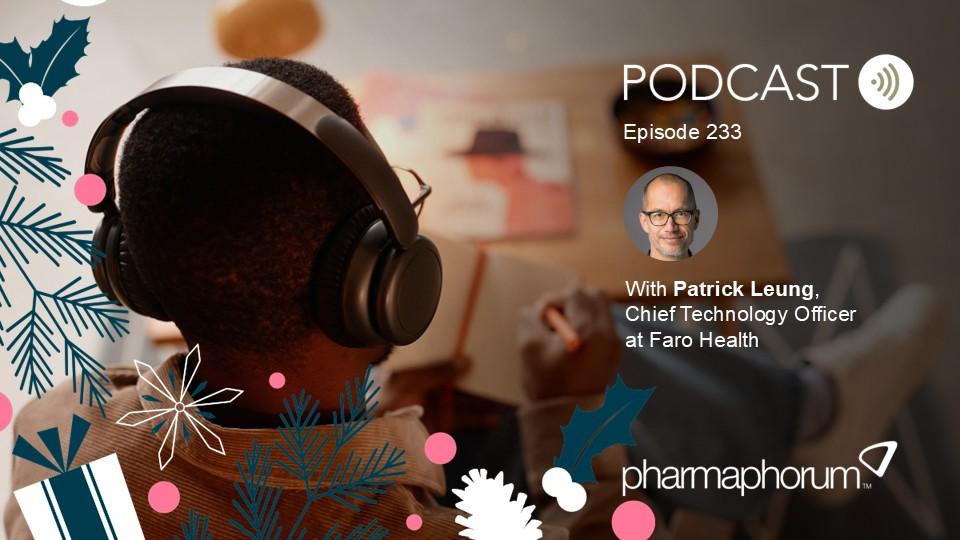The power of the #hashtag

This new series examines five ways in which social media is having an impact on the pharmaceutical and medical device industries, focusing on how it can be harnessed to help traditional methods of patient engagement move forward. This first part looks at the hashtag, the pathway it provides to patients and potential applications.
The hashtag is a favourite means of communication across the social media world, from individuals posting about their #OOTD to clued-up marketers looking to boost brand awareness of their new #2015SummerLaunch. It has become so ingrained in modern culture that the American Dialect Society declared 'hashtag' as Word of the Year in 2012 and, as of August 2014, can earn you 14 points in the word game Scrabble.
But why should the hashtag be of any importance to pharma? In the same way a community on social media can be brought together under the banner of a hashtag (you only need look as far as #Directioners and #Swifties), patients can unite under the hashtag of their shared condition. As such, the hashtag provides a direct link between pharma companies and the patients they are targeting.
"This magical symbol can open the door to an untapped resource of potential patients, information and marketing greatness"
Big pharma companies, medical device manufacturers and clinical research organisations are fast coming to understand that this magical symbol can be used to open the door to an untapped resource of potential patients, information and marketing greatness. A report published by Ogilvy on pharma's use of social media in 2015 saw a 530 per cent rise in the average number of tweets per week since 2013. In addition, the same pharma companies involved in the study saw their Twitter followers increase by nearly 300 per cent. Most of these tweets incorporated at least one topical hashtag.
You need not go far to find how prolific and applicable the use of the hashtag is to the industry. A quick search in Twitter of #Asthma not only came up with articles on herbal remedies and warnings on what can exacerbate the condition, but also showed results for patient recruitment for studies into asthma alongside individual sufferers posting about their experiences.







Through these common hashtags sufferers can find treatments and trials that target their specific condition easily. What we can also see from a number of these tweets is that sufferers are likely to include the names of their treatments alongside their feelings. This provides invaluable insight into the patient journey and can help companies to monitor the health of their brand, react to issues raised by the patient populations they are engaged with and highlight potential areas for improvement. Hashtags and the information provided alongside them have invaluable potential applications to patient recruitment, social adverse event (AE) reporting and in monitoring the patient journey – all of which will be examined in later parts of this series.
First, let's take a brief look at a company which has been using the hashtag to their advantage and with great success: Novartis. @NovartisCancrUS, Novartis' Twitter channel dedicated to its cancer trials in the US, has 10.8K followers to date (04/08/15) and engages with patients regarding treatments, advice and links to its own outside portals where Novartis clinicians and study start-up teams can better tailor the patient recruitment process.
But hashtags are not just a tool for big companies to use in order to market themselves and attract potential patients. There is strong evidence to suggest that hashtags have also become a way for patients to report their symptoms and engage with other patients.
"Patients relied on hashtags to passively report their AEs on social media"
Last year an FDA-funded study into monitoring pharmaceutical products on Twitter collected 6.9 million tweets mentioning 23 medical products in the period from 1 November 2012 to 31 May 2013. Of these tweets they found that in a convenience sample of 61,401 manually categorised tweets 4,041 classified as proto-AEs. Of these, evidence suggested that patients relied on hashtags such as #accutaneprobz and mentions like @EssureProblems to passively report their AEs on social media.
While previously the hashtag has been seen as a social media creature, more at home on personal blogs and twitter accounts, it seems to be moving on to new stomping grounds now. Once it was the bravest of B2C marketers who tamed the hashtag to make themselves more accessible to the common folk, but there is strong evidence to show that the hashtag can work for the pharma industry too. As discussed, much in the same way that fans of #LoveIsland can find each other and gossip on the latest developments, the hashtag portal is also linking not only patients to each other, but to healthcare providers and vice versa. The hashtag is a promotional platform contained in a one character space that is fast becoming one of the most topical forms of communication between patients, companies and professionals in the healthcare universe.
The next instalment will discuss how social media has become an unofficial way for patients to report their symptoms online and how this information can be utilised.
About the author:
Leanne Orchard is a Language Solutions Executive in SDL's Life Sciences Solutions division.
SDL is a provider of language, technology and business intelligence solutions to international pharma and medical device companies and contract research organisations.
Leanne can be reached on lorchard@sdl.com or +44 (0) 1142 535 337.
Read more from Leanne Orchard:
Ethics and the public good: the race to find a treatment for Ebola










